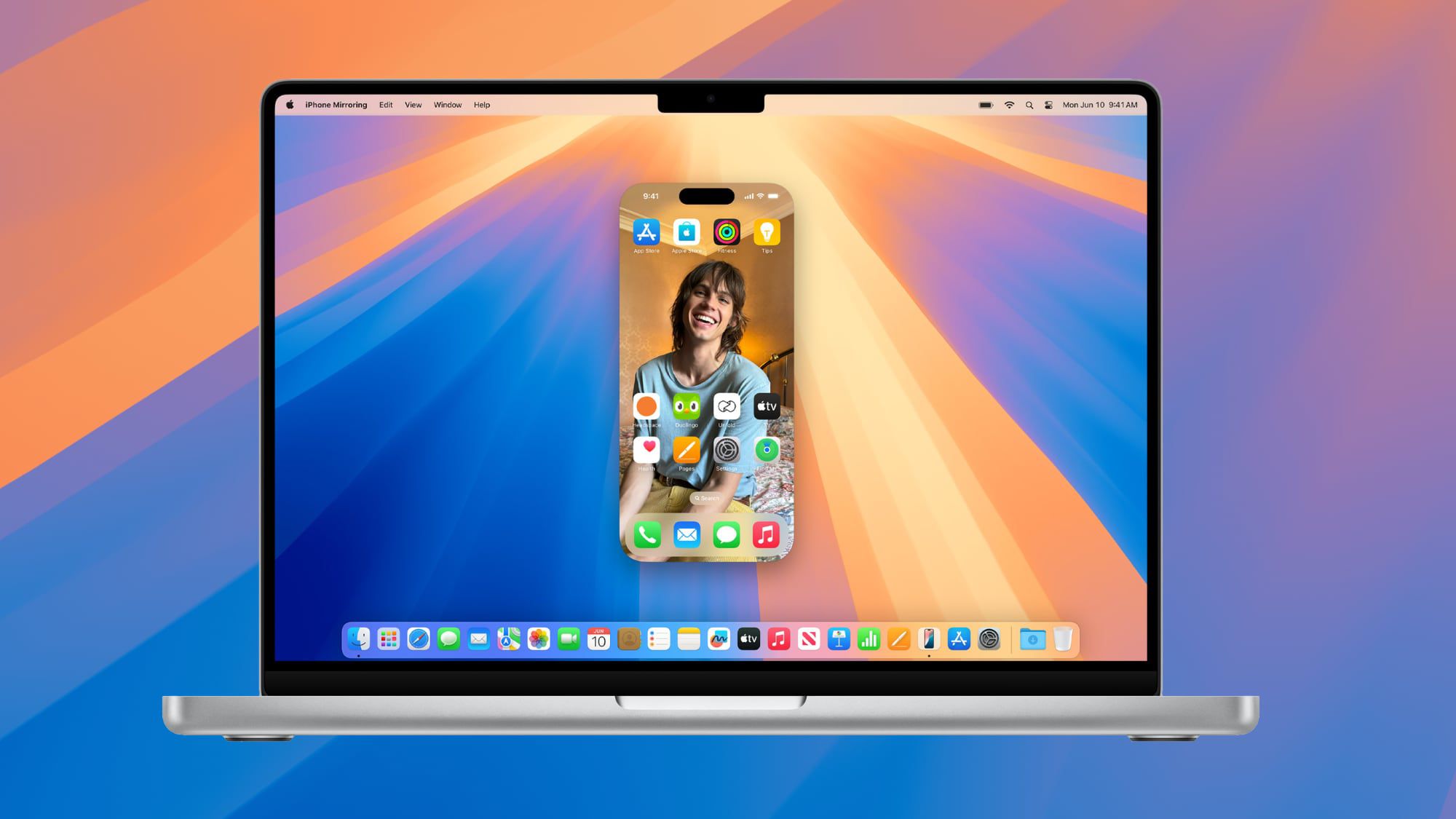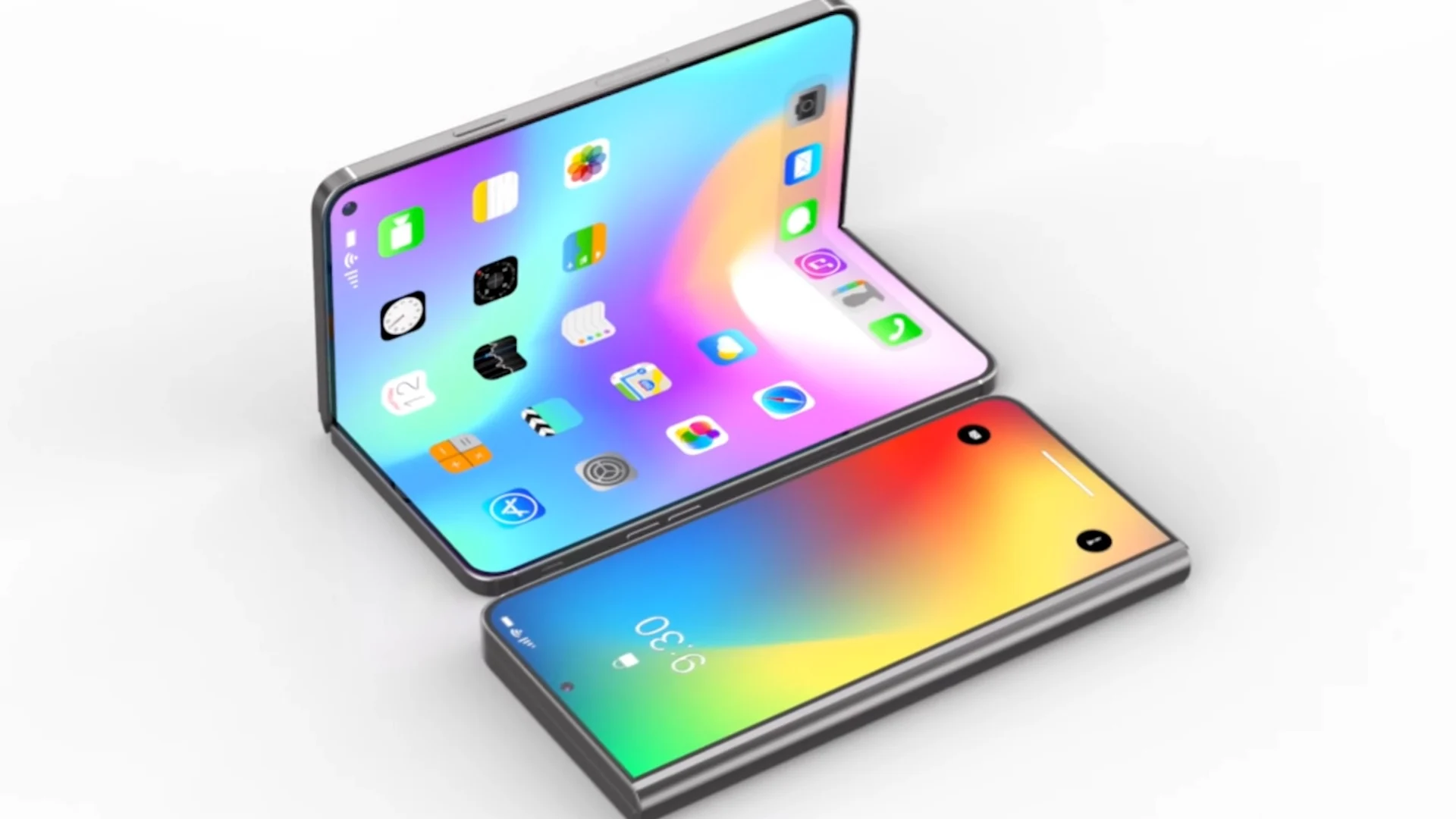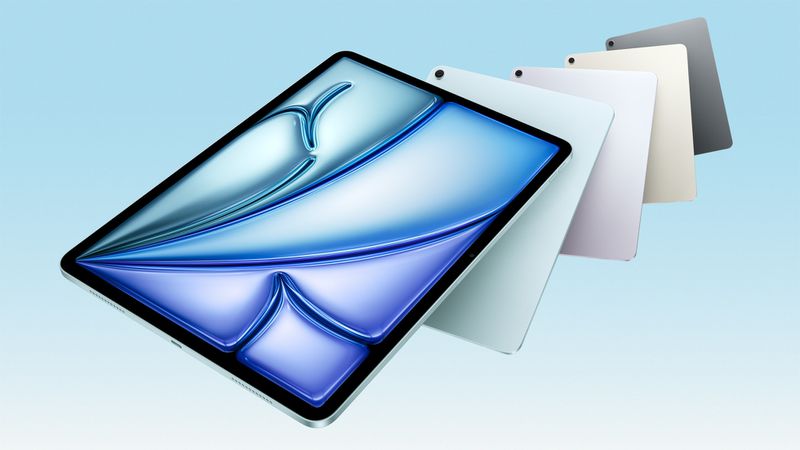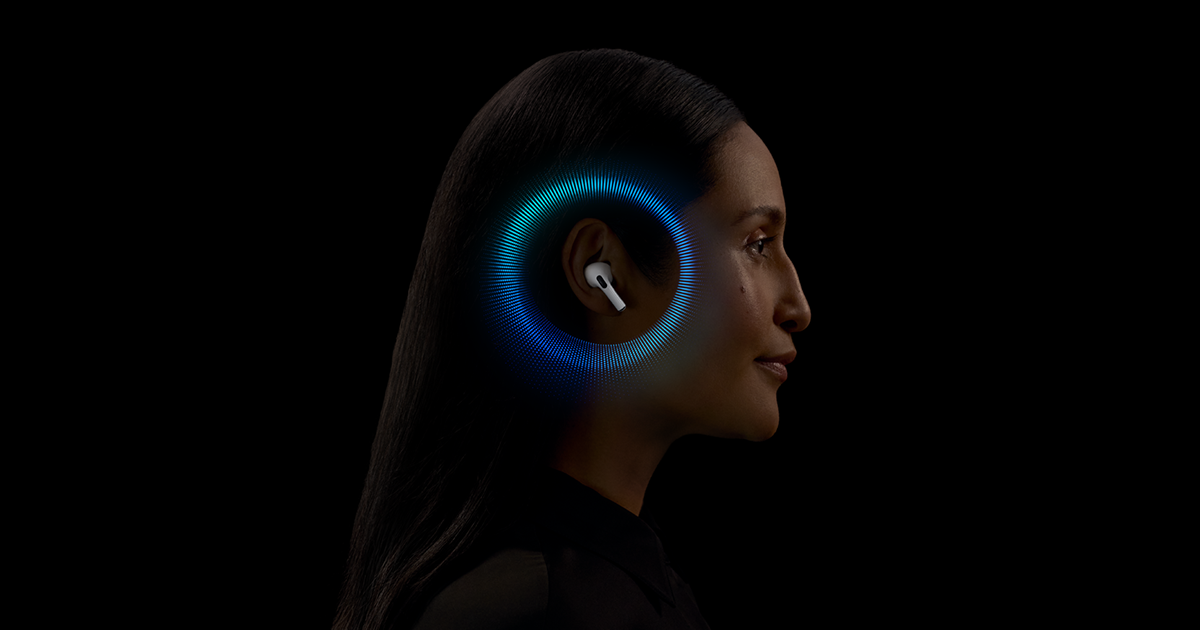Apple recently shared a new test version of macOS Sequoia 15.4, called the Release Candidate 2 (RC 2), with developers. This update comes just three days after the first RC and is a step closer to the final version expected in early April.
Developers can grab it through the Software Update section in System Settings, but they’ll need an Apple Developer account. This update brings cool features like Mail Categorization, which sorts emails into groups like deals, news, and important messages. It also adds new emoji and a special Food section for Apple News+ users with recipes and dining tips.
On the same day, Apple upgraded Final Cut Pro for iPad to version 2.1, making video editing smoother. This update works on iPads with iPadOS 17 or later and boosts performance, especially on the latest M4 iPad Pro. It includes better tools for fixing colors, adding effects, and organizing projects.
The app now supports up to four camera views at once with the new iPad Pro’s front camera, perfect for creative folks on the go. Plus, it’s ready for upcoming Apple Intelligence features, like smarter editing options.
Both updates show Apple’s focus on making its devices more fun and useful. The macOS tweak helps with everyday tasks, while the iPad app upgrade is a treat for video makers. Keep an eye out for these hitting your devices soon!






